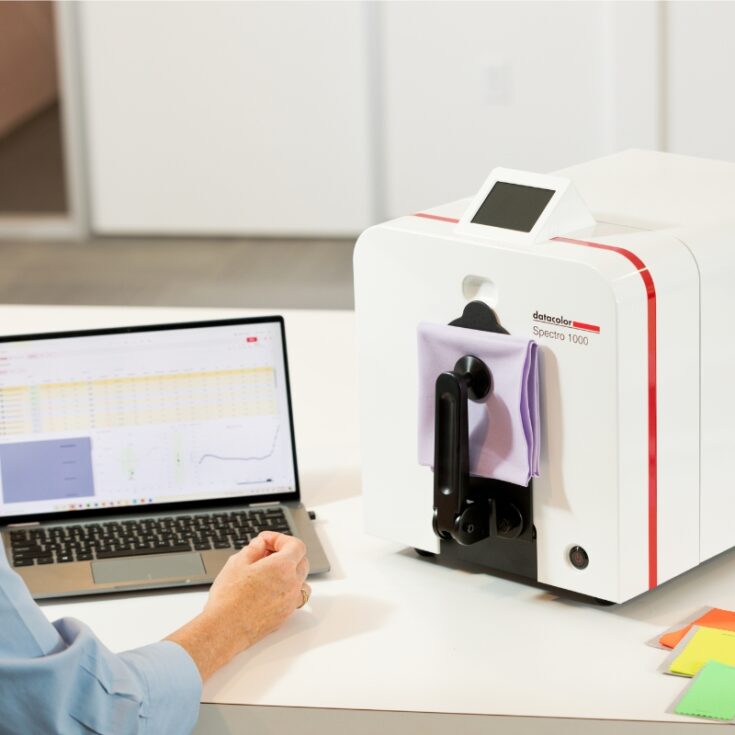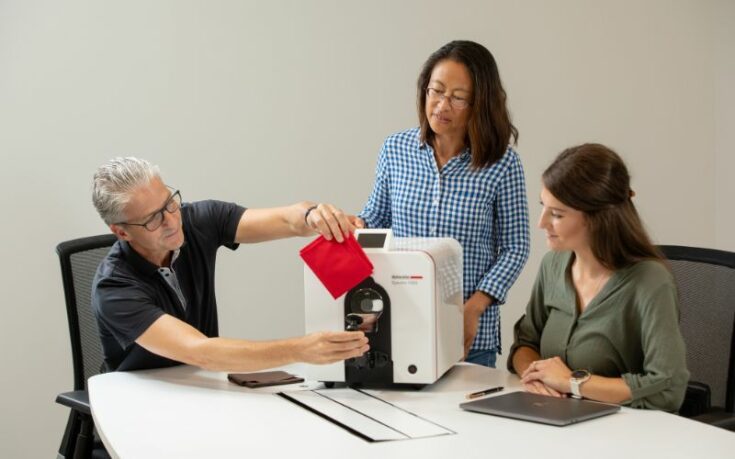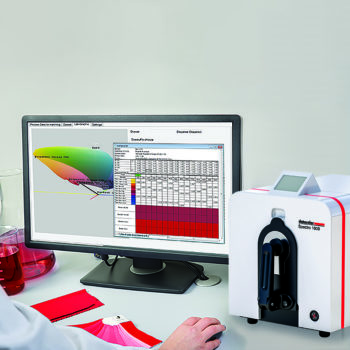Elements of Successful Color Quality Control Programs
There are many aspects to a successful color quality control program. The most important include:
Defining Objectives and Requirements: Identify your color quality control goals and document your requirements.
Establishing Standard Operating Procedures (SOPs): Employ the use of color standards and standardize the color management process across your organization and supply chain. Everything from the lighting conditions, to acceptable tolerances, to preparing a sample for measurement should be included.
Selecting Appropriate Color Quality Control Tools: A combination of digital devices, software, and possibly other color quality control tools like light booths are necessary.
Implementing a Monitoring and Reporting System: Ensure your SOPs are being followed, track how frequently colors are being rejected and maintain your color data.
Conducting Regular Training, Audits, and Improvements: Auditing your color program on a regular basis can identify weaknesses early and keep production on track. Annual training keeps your employees skill level sharp and ensures they are following the set SOPs.









